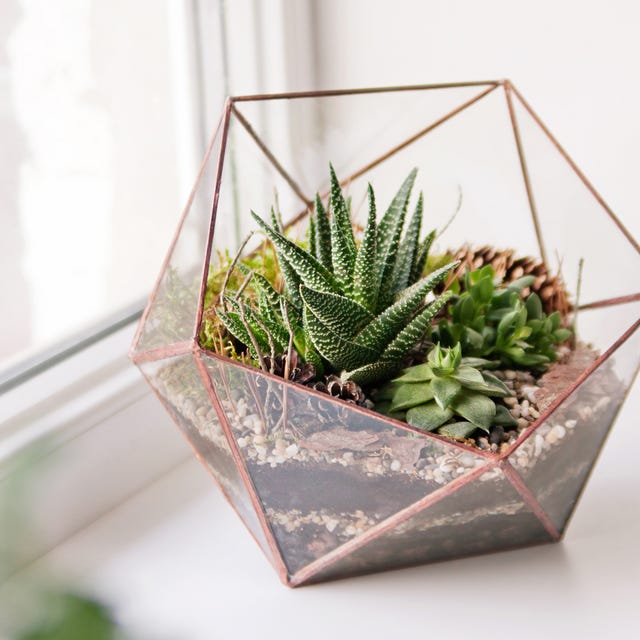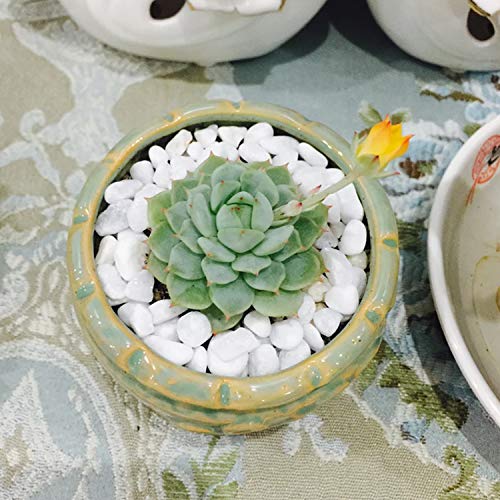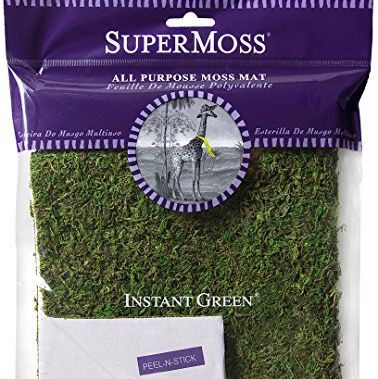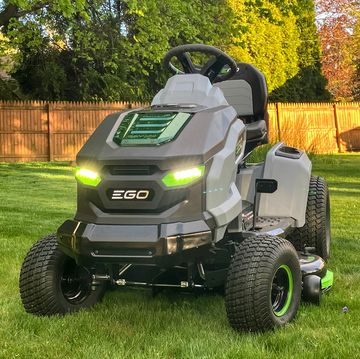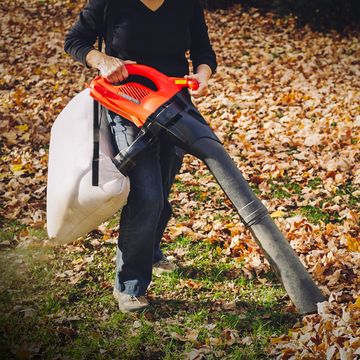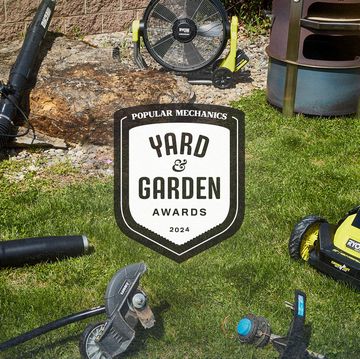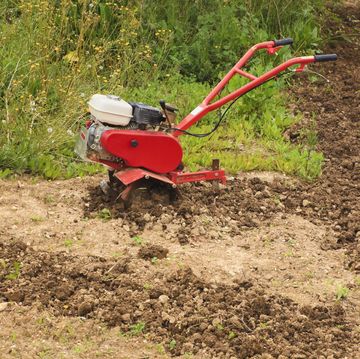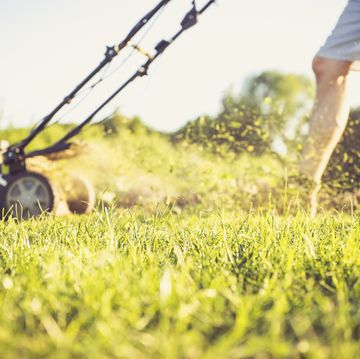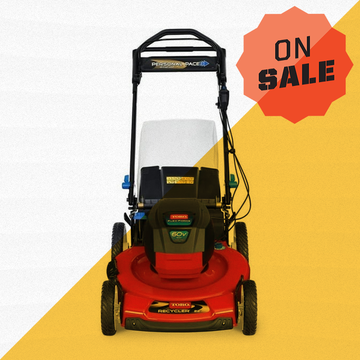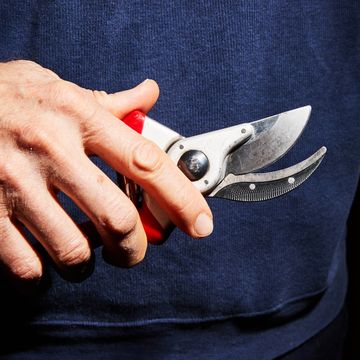Gardening is arguably the most popular and rewarding of all DIY pursuits. But behind every beautiful bloom and bountiful harvest are many hours of digging, weeding, pruning and fertilizing. So, for those looking for a simpler way to enjoy gardening, consider building a glass-container terrarium. Terrariums are growing in popularity thanks to their fuss-free maintenance, natural beauty, and minimal space requirements, meaning they're great for gardeners who lack outdoor space.
However, before making your terrarium, decide where it will live in your home. For most plants, you’ll want a spot that receives indirect sunlight because the glass container will magnify the sun’s rays. Constant direct sunlight will raise the temperature too high inside the terrarium. Conversely, you don’t want to place the terrarium in a spot with no sunshine, such as a dark hallway, basement or room corner.
A good rule of thumb is to let a plant’s nursery tag be your guide. It’ll tell you, for example, that boxwood basil prefers some sunshine while a miniature fern would be happier in a shadier locale. Once you’ve selected the proper place for your terrarium, you’ll need the following supplies to build the terrarium:
- Clear glass container
- Rocks (polished pebbles, sea glass, marbles, etc.)
- Sphagnum or sheet moss
- Soil
- Plants that won't overgrow the container, such as boxwood, croton, Joseph's coat, pineapple verbena and twiggy spikemoss for sun-loving plants, and gnome ivy, golden club moss, Irish or Scottish club moss and miniature ferns for shade-loving plants.
- Basic tools, including spoons or a funnel for placing soil in the container, long tweezers for positioning materials and plants, scissors for snipping greenery, and paper towels or cotton swabs for cleaning the glass.
Here, now, are the six basic steps to making a terrarium:
Choose a glass container.
It can be anything from a clean, reused pickle jar to a vintage vase. You can also buy ready-made terrariums, which come in various sizes and shapes. Just make sure the container is made of clear glass; colored glass tends to hinder plant growth.
When choosing a container, be sure to consider the size of the opening. Making a terrarium out of a vintage perfume bottle may seem like a creative idea, but the narrow opening will prove problematic when you try to reach inside to place the greenery. For beginners, it's best to use a vessel with an opening wide enough to accommodate your hand, so that you can reach inside to easily place and move materials as needed.
Pick your rocks.
Put a handful of polished rocks or marbles in the bottom of the container. This layer helps to shape the terrain while aiding drainage and aeration. Vary the layer’s thickness by the size of the container. The smaller the vessel, the thinner the rock layer. And you’ll want to leave enough “head room” at the top of the terrarium when you’re finished so things don’t look too cramped.
Place your next layer.
Soak dried sphagnum or sheet moss in water for a few seconds and squeeze out any excess liquid. Place the slightly damp moss onto the rocks, patting it down so that it fills the entire surface area and forms a barrier that keeps the soil from sifting down into the rocks.
Add the soil.
Scoop the soil into a funnel and fill the container with several inches of soil. The greenery you’ll be planting will determine the type of soil you use. For moss, use a peat moss mixture, which is less likely to mold. For other plants, non-moisture-control potting mix should work. If a plant’s nursery tag indicates that it needs a specific type of soil, use that type.
Keep in mind that this layer doesn’t have to be perfectly flat. Hills and valleys give the terrarium’s landscape character. Again, don’t fill the container too high with soil, since you'll want to have enough room for the greenery to grow.
Plant your plants.
If you’re using moss that you snagged from nature, make sure to first give it a blast of pesticide to debug it. Use scissors to trim it into shape, place it into the container, and then press it down firmly to eliminate any air pockets. For other plants, plant them as you would in your outdoor garden. Loosen the root balls, place them in a shallow layer of soil, add soil around them, and pat down the soil.
Give it water.
Give the plants some water to help prevent transplant shock, keeping in mind that the container doesn’t have any drainage holes. The rock layer will aid in drainage, but water lightly.
Maintaining a terrarium is fairly easy. For moss terrariums, a light misting of water every two to four weeks should suffice. For plant terrariums, heed watering instructions on the plant’s nursery tag. Just be careful not to over-water.
Joe is a former carpenter and cabinetmaker who writes extensively about remodeling, woodworking, and tool techniques. He has written eight books and is a contributing editor to Popular Mechanics. He also appears on the Today’s Homeowner TV show, and co-hosts the weekly Today’s Homeowner Radio Show. Joe writes from his home in Roxbury, Connecticut.
